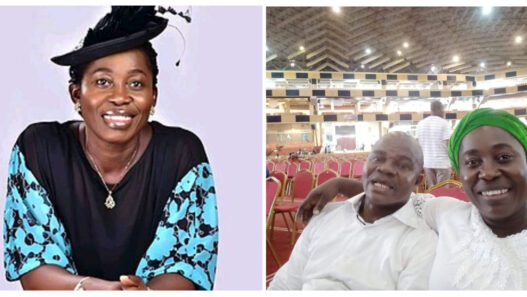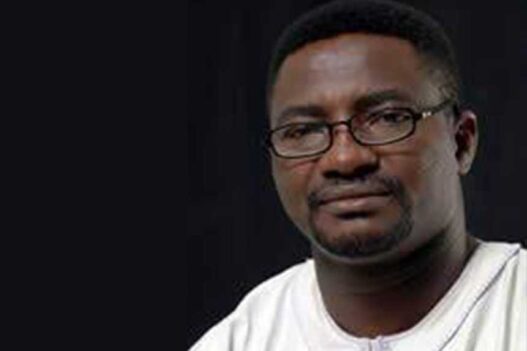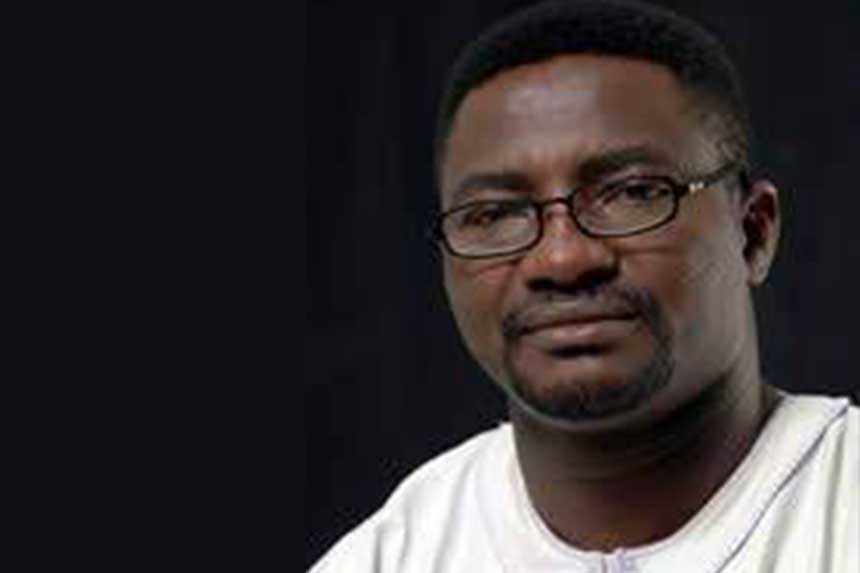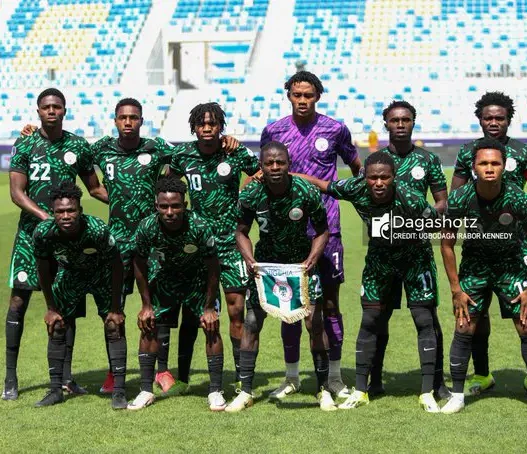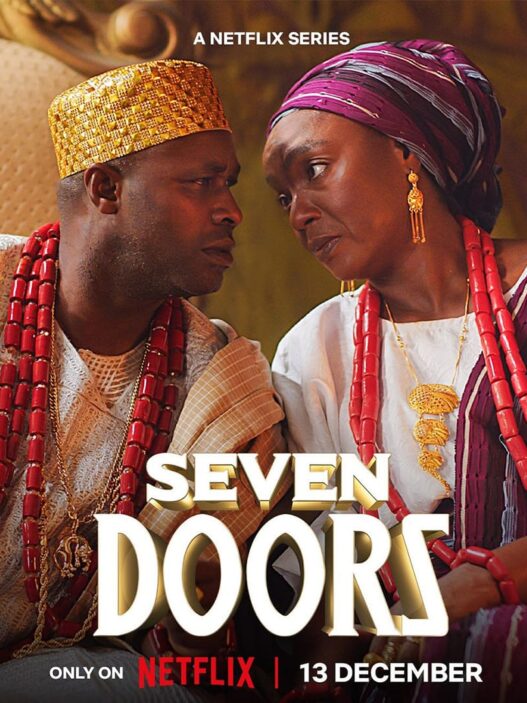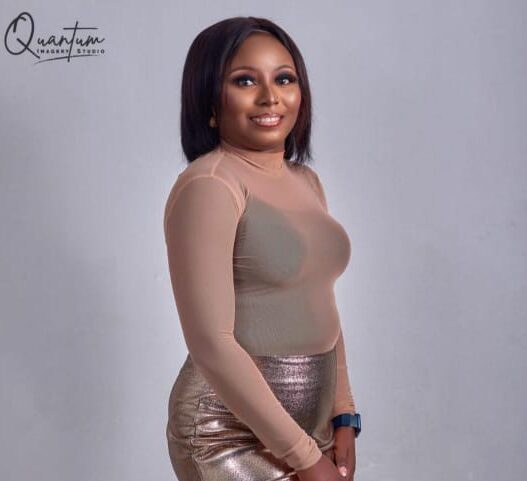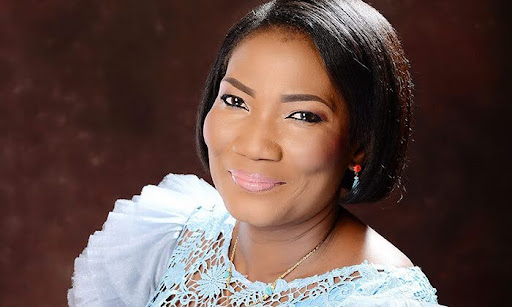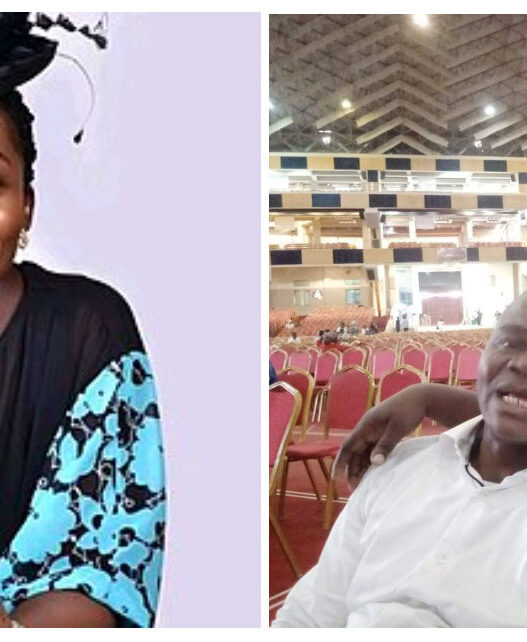Visual art has the power to inspire, evoke emotions, and challenge our perceptions. From paintings and sculptures to photographs and digital art, there is a limitless world of creativity and imagination waiting to be explored. In this blog post, we will delve into the world of visual art, exploring the work of an artist extraordinaire and his unique perspectives.
In an artistic world where those who stand out are kings, rare are those who masterfully traverse multiple artistic landscapes, and rarer still are those who are Jack of many trades yet masters of them all. Mufu Onifade is one such creative force. Painter, writer, theater producer, cultural custodian, and artistic mentor, his name is boldly etched into the narrative of contemporary African art. At the heart of his global recognition is Araism, a richly layered painting technique rooted in Yoruba cosmology and aesthetic philosophy, a movement he birthed, nurtured, and spread with uncommon passion and selflessness.
“My knowledge of Yoruba tradition, language and cosmology is an added advantage to my Arts”
Mufu Onifade
As brief as this expository blog post is, Khoemizona Babalola takes you through the artistic journey, life, legacy, and creative mind of a Nigerian icon who has not only crafted art but also crafted other artists. From his early days of doodling as a child to pioneering a full-fledged art movement studied in Nigerian institutions, Mufu Onifade remains a beacon of inspiration. His words not only provide answers, but also offer ready insights, philosophies, and create opportunities for future generations. Whoever you are, an art lover or simply someone with a passion for creativity, this post is sure to captivate and inspire you. Join Khoemizona, Openletter lead contributor, as he leads us into the world of Mufu Onifade, the master painter and more.
For those who will be reading about you for the first time, could you please introduce who Mufu Onifade is to the world?
Basically, Mufu Onifade is an artist who is at home with all genres of the Arts: Painting, writing, Theatre, Music and more.
How did you get into visual art?
It started when I was a kid. As early as 5years old or less, I had started displaying those traits that make a visual artist. It only blossomed with time.
You are known world over with Araism, please shed light on the creation and development so far
Araism derives from Yoruba root words: Àrà (wonder), Àrá (thunder), ARA (skin), Ará (relatives/relations). All these are adapted into my painting technique called Araism. It also derives from ARA (Aesthetically Rich Art). The experiment to invent the technique took me 7 years (1989 – 1996). The technique was launched with my solo exhibition of 32 paintings in 1998. Since then, Araism painting technique has come to stay in Nigeria, African and world art.
How many “disciples” does Araism movement have at the moment?
Araism Movement was established in 2006 when we held the first group exhibition with 5 of my disciples. Between 2006 and this years, we have held 17 commemorative art exhibitions. I have also been able to train more disciples. So far, we have over 80 disciples that I know. Meanwhile there are thousand of disciples I don’t know who are only influenced to practice Araism. Luckily for us, Araism as a technique is being taught at Art Schools in Nigeria. By this we mean Department of Fine and Applied Arts at Nigerian Universities, Polytechnics, Colleges of Education, Colleges of Technology, etc.
A lot of masters of art died with their technics having deprived the generation after them from tapping from their pool of knowledge and skills; why are you different?
I learnt that lesson from two people: the late Chief Segun Olusola and the late legendary Lemma Guya of Ethiopia. Guya trained me to paint on animal skin in 1992. Chief Olusola was Nigeria’s Ambassador to Ethiopia at the time and he gave me a huge support. We held an exhibition to commemorate my training. Guya was a selfless master. Then at the ceremony, Olusola urged me never to hide my talent and creativity from others; and that I should always imbibe the spirit with which Guya trained me. I learnt a great lesson and applied it to my creative and artistic teachings.
As a multimedia communicator who is a jack of plenty trades and master of all, please share your secrets.
Like I said earlier, I started early in life. I was able to easily dabble into all areas of art. It comes to me naturally. I do not have a special way of practising a particular art. And how I manage myself through them all is even a mystery to me, too. I only followed my instinct and creative impulses. I give glory to the Almighty God who has always been my inspiration.
What can you say is your most precious accomplishment as an artist/artiste?
As a visual artist, inventing the Araism painting technique is an accomplishment. It’s also my biggest contribution to the development of Nigerian art. As a theatre artist/producer, my biggest work has been ‘Yeepa Solarin Nbo! ‘ by Prof. Femi Osofisan. My Artistes were well-paid and they all felt accomplished on that job. This is in addition to the fact that I ran the affairs as Chairman of the Lagos State Chapter of the National Association of Nigerian Theatre Arts Practitioners for three years (2009 – 2012).
There is an obvious touch of tradition in your paintings and even your look. What exactly inspires the attribute?
It’s very simple. My background fires me up. My knowledge of Yoruba tradition, language and cosmology is an added advantage
It has been a while since you produced a project after the successful outing you had with Yeepa Solarin nbo and Love is Blind. What should we look forward to from you?
We are working on the next project and it’s under wraps for now. At the appropriate time, we will make announcements.
What major challenge can you say that Nigerian visual artistes are facing for growth and please suggest a way out?
Many: The electricity problem is a debilitating challenge. Even if you use your generator 24 hours of the day, it cannot be like what we call NEPA, PHCN, or DISCOS. Two, the skyrocketing nature of dollars is wreaking havoc on ART practice. Most of our materials are imported from abroad, and they are becoming unreachable by the day. Lack of government support is affecting art patronage.
What would you attribute to the incessant brain-drain Nigeria is facing?
The government needs to make policies that attract its citizens to the country. I know it’s a huge work; we need to tackle and defeat insecurity, corruption, and many vices that keep the country in a spot.
What is your take on and your suggestion for young artists who are desperate to leave Nigeria in search of greener pastures abroad?
As long as the Constitution and their rights permit, every citizen is free to seek greener pastures. I can never and will never advise anyone against seeking alternate living outside the shores of my country. However, they should always remember that Nigeria is their country.
Cerebral and intellectually sound personalities like you should have a forum where budding and interested artistes will be mentored; do you have any or have plans of starting one soon?
Thank you. We already have the Araism Movement. But we plan to have a hub that will accommodate all artists – irrespective of their genres.
You were born when Nigeria was believed to be flourishing, would you say art patronage is affected by down economy.
Of course, art patronage has taken a downturn. Nigeria has had its challenges over the years, but it is more critical right now. We pray for the best time to return.
If you were made Nigerian president for a year, what will be your priority?
Security and the economy.
Your pride as a Nigerian?
I am proud of my heritage as a Yoruba man. I am proud of the legacies I imbibed from Nigeria. I am proud of those who have trained me in one way or the other.
Indeed Otunba Mufu Onifade is a movement, a philosophy, and a proud torchbearer of tradition fused with innovation. In a nation grappling with economic instability and artistic undervaluation, Mufu stands as proof that creativity, when nurtured and fearlessly expressed, can become a tool for change, education, and cultural preservation. His artistic versatility is a divine gift, and his willingness to pass on knowledge is what truly sets him apart. As Araism continues to spread its roots and branches across borders and institutions, Onifade’s legacy grows stronger, not in silence, but in thunderous brushstrokes, powerful plays, and mentoring minds.





